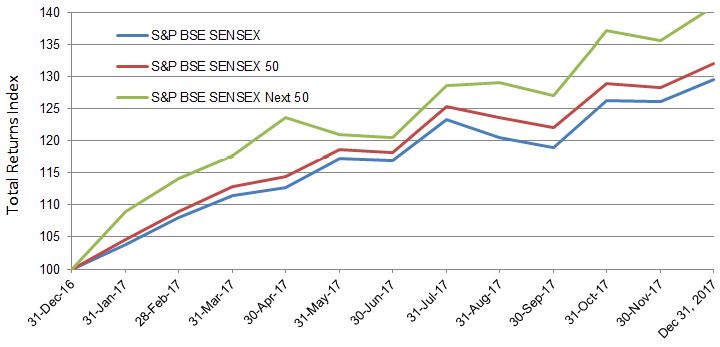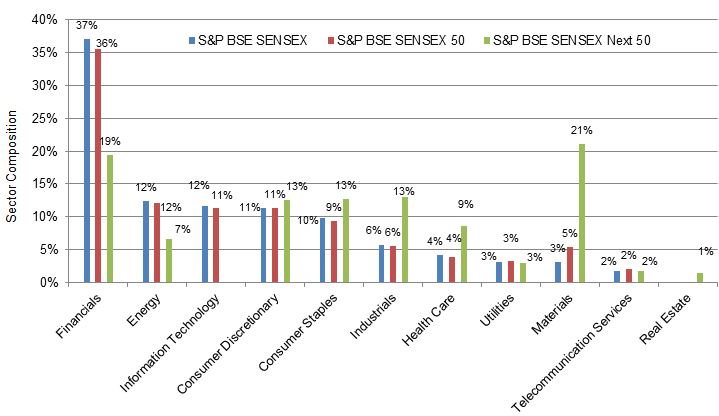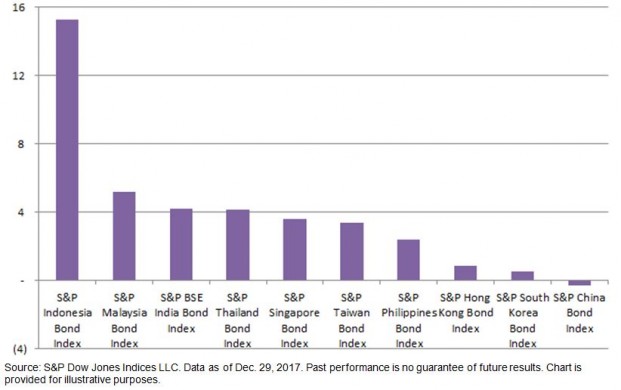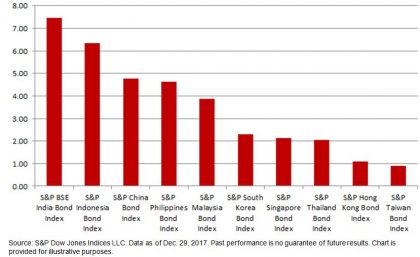Sometimes first isn’t better, and sometimes bigger isn’t better. In this case, first and bigger are mostly worse. Here’s some background behind the launch timing of the Russell 2000 versus the S&P SmallCap 600. The timing and business around the Russell 2000 launch really helped the popularity of the index, but with an extra decade’s worth of research, the S&P SmallCap 600 has a higher quality design, resulting in higher performance and less risk.
This blog series will contain excerpts from our new paper where we discuss the outperformance of the S&P SmallCap 600 versus the Russell 2000, the performance of the indices compared with active managers, and the case supporting the performance.
A recent paper by FTSE Russell rightly pointed out the well-timed launch of the Russell 2000® in 1984, an index meant to measure the small-cap segment of the U.S. equity market. The launch was on the back of breakthrough research by Rolf Banz finding that “smaller firms have had
higher risk-adjusted returns, on average, than larger firms.” At the time, the launch of this benchmark enabled Russell Investment’s consulting clients to gauge the success of small-cap managers.
However, it was not until the early 1990s when the “small-cap premium” concept was really solidified. Nobel Prize winner Eugene F. Fama and co-author Kenneth R. French introduced the three-factor model of market risk, value, and small-cap factors that now serves as the foundation for much of the current research on the topic. Following this research, the S&P SmallCap 600 was launched in 1994.
Although the S&P SmallCap 600 took an extra decade’s worth of research into account in its construction as a benchmark, the Russell 2000 is far more widely used. According to eVestment Alliance, as of June 30, 2017, 93% of small-cap funds and 81% of assets in the space are benchmarked to the Russell 2000, compared with 3% of funds and 5% of assets benchmarked to the S&P SmallCap 600.

eVestment’s systems and other important considerations such as fees that may be applicable. Not for general distribution and limited distribution may only be made pursuant to client’s agreement terms. *All categories not necessarily included, totals may not equal 100%. Copyright 2012-2017 eVestment Alliance, LLC. All rights reserved. Table is provided for illustrative purposes.
Perhaps the longevity and prevalence of the Russell 2000 as a small-cap benchmark is why it has been widely used in research doubting whether the small-cap premium exists. Even in FTSE Russell’s own research, they show the Russell 2000 had a lower Sharpe ratio than the large and mid-cap Russell 1000 (0.34 versus 0.41, respectively) from June 1996 through August 2015. According to eVestment Alliance, from June 1996 through September 2017 the Sharpe ratio of the Russell 2000 was 0.31 while that of the Russell 1000 was 0.42.
However, the S&P SmallCap 600 had a Sharpe ratio of 0.43 over the same period. Not only has the S&P SmallCap 600 had a higher Sharpe ratio than the Russell 2000 historically, but the S&P SmallCap 600 has outperformed the Russell 2000 over various time periods and market cycles. Furthermore, according to the S&P Dow Jones Indices SPIVA® U.S. Mid-Year 2017 Scorecard, the S&P SmallCap 600 outperformed 93.8% of all small-cap funds over a five-year period.
In the next post of this series, we will show the actual outperformance of the S&P SmallCap 600 versus the Russell 2000 over the long term, the higher returns and lower risk over different time periods, and through different bull and bear market cycles.
The posts on this blog are opinions, not advice. Please read our Disclaimers.




















































